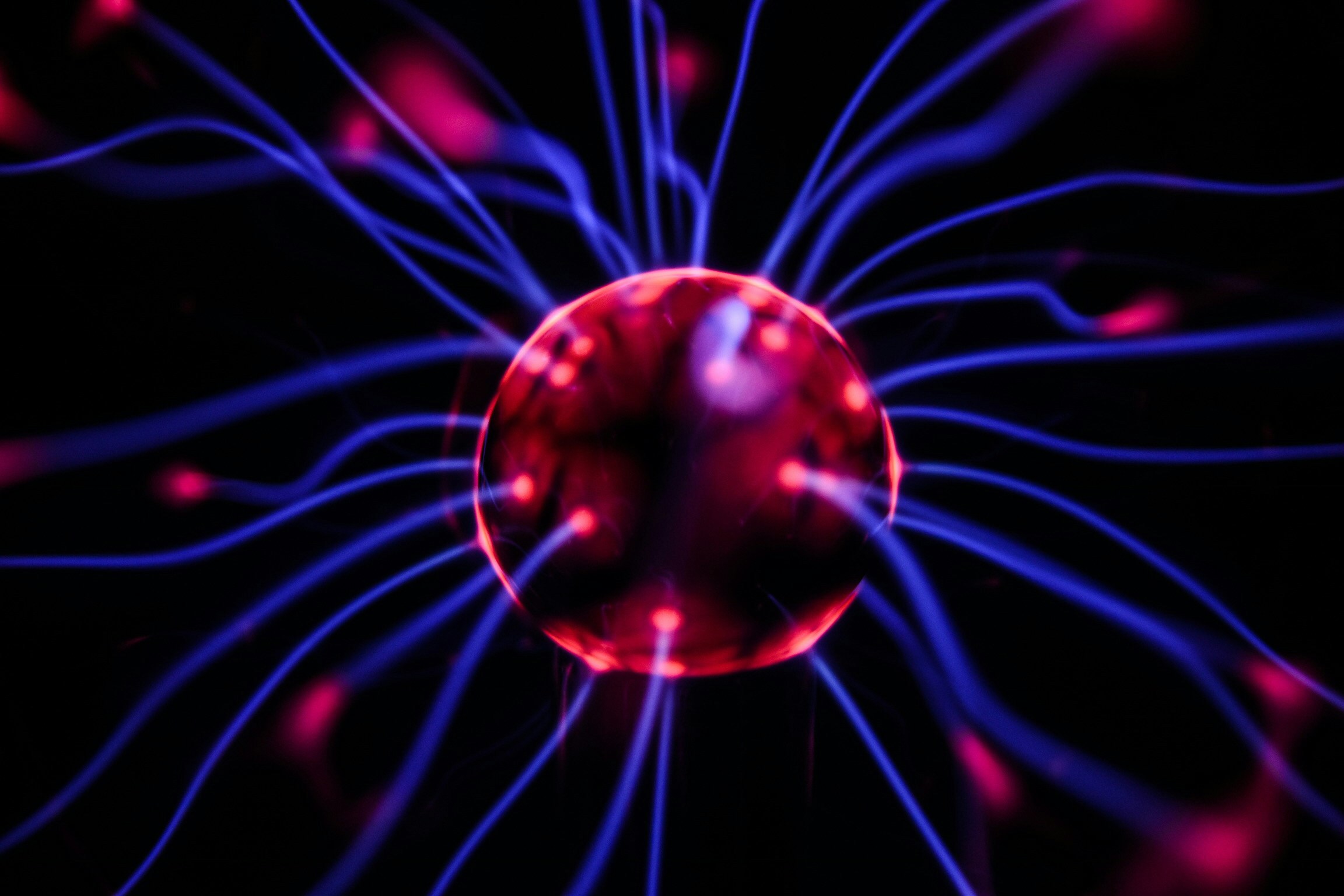Why Neuroscience Matters in UX Design
Modern UX design is no longer just about usability — it’s about how users feel, think, and decide.
UX neuroscience taps into how the brain handles perception, attention, memory, and decision-making. When you understand these mechanisms, you can design screens that reduce cognitive load, build trust, and subtly nudge users toward key actions.
Examples of brain-based design:
Using visual hierarchy to guide the eye naturally
Placing CTAs where users expect them (foveal focus zones)
Using colors and contrast to trigger emotion or urgency
Chunking information to avoid overload
Designing “intuitive” experiences is really about designing for the brain.
The Psychology of Decision-Making in UX
Every app interaction is a micro-decision — and most of them are fast, unconscious, and emotionally driven.
Key psychological principles in UX decision-making:
Hick’s Law – too many choices = decision paralysis
Fitts’s Law – size and distance of buttons affect usability
Cognitive bias – users are influenced by defaults, loss aversion, anchoring
The Von Restorff effect – the most distinctive element grabs attention
Social proof – people follow others’ behavior (e.g., “5k users chose this plan”)
The goal? Make the desired action the path of least resistance — while maintaining user trust.
Neuroscience-Driven Tactics That Just Work
Want screens that “click themselves”? Use these neuroscience-backed tactics in your UI:
Progress indicators
Activate the brain’s desire for completion. Users will finish what they start.One-task-per-screen layout
Avoid cognitive overload. Guide focus with clarity.Microcopy that reduces anxiety
Add “You can change this later” under commitment buttons to lower hesitation.Emotional design
Use color psychology, illustrations, or microanimations to trigger positive emotions.Visual hierarchy that follows scanning behavior
Prioritize the F-pattern or Z-pattern based on content type and device.Time-limited offers
Tap into urgency bias — but balance pressure with ethical design.
These aren’t tricks — they’re about helping the brain decide faster, with less effort.
Neuromarketing in UI – More Than a Buzzword
Neuromarketing UI blends emotional resonance with functional clarity.
It’s not manipulation — it’s about:
Highlighting value at the right moment
Framing options to align with user motivations
Creating emotional contrast between staying passive vs. taking action
In practice:
Use emotionally charged images near CTAs
Frame choices as gains (vs. losses)
Add subtle cues like faces, motion, or affirmation icons
Build in “moments of delight” after action (e.g., animation after completing a task)
These touches create positive reinforcement loops that boost habit formation and user satisfaction.
Ethical Use of Brain Science in UX
Designing for the brain doesn’t mean exploiting it. With great power comes ethical responsibility.
Ask yourself:
Are we helping the user, or pushing them into something they don’t want?
Would this still feel good if a loved one used the app?
Are the emotional triggers genuine — or deceptive?
Ethical UX grounded in neuroscience is about clarity, empathy, and empowerment, not coercion.
✅ Neuro-UX Checklist for Product Teams
Does the layout reduce cognitive load and focus attention?
Are we using decision psychology to clarify — not confuse?
Do key actions feel emotionally and visually rewarding?
Is our UI predictable, yet emotionally engaging?
Are our tactics ethical and aligned with user benefit?





